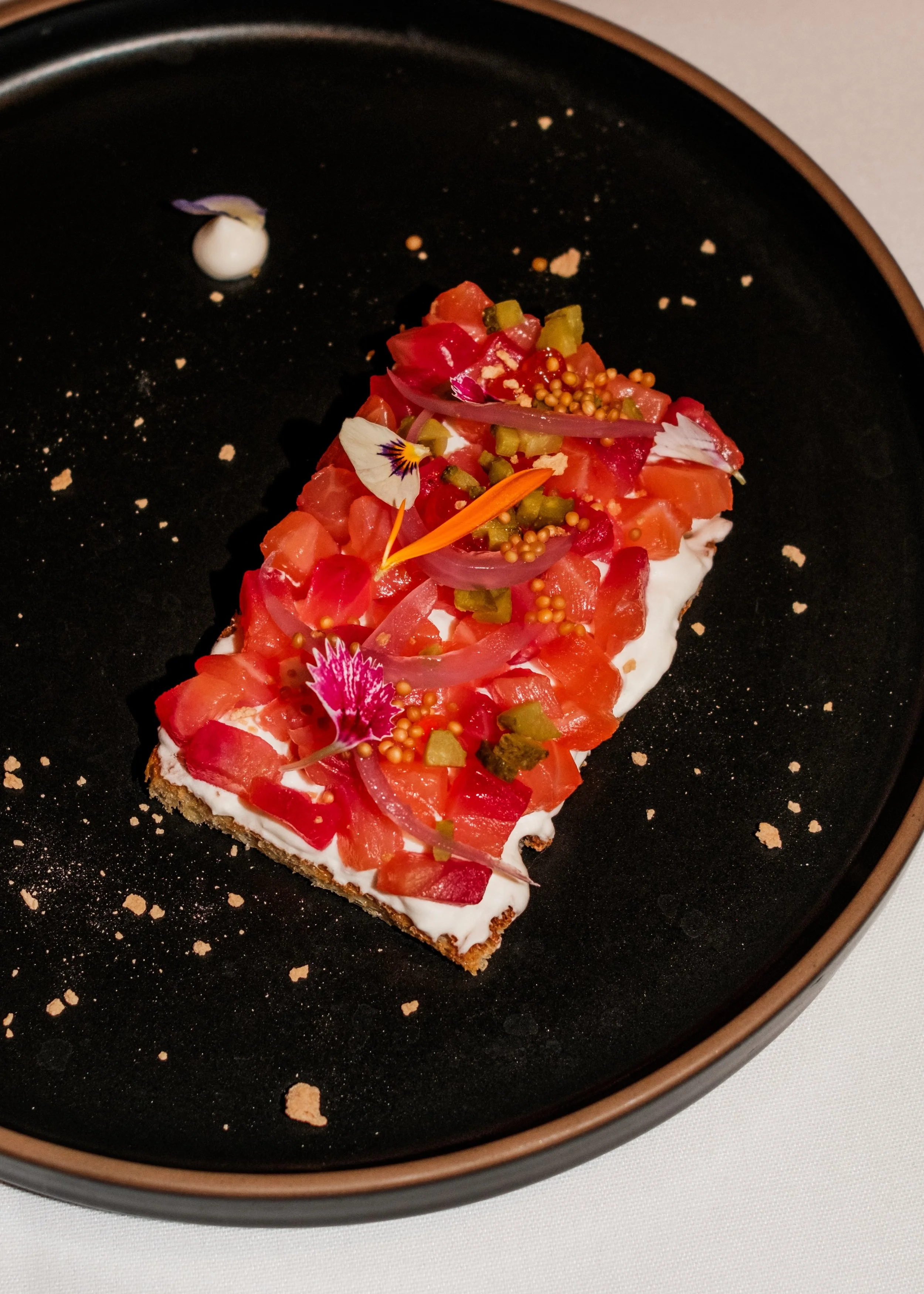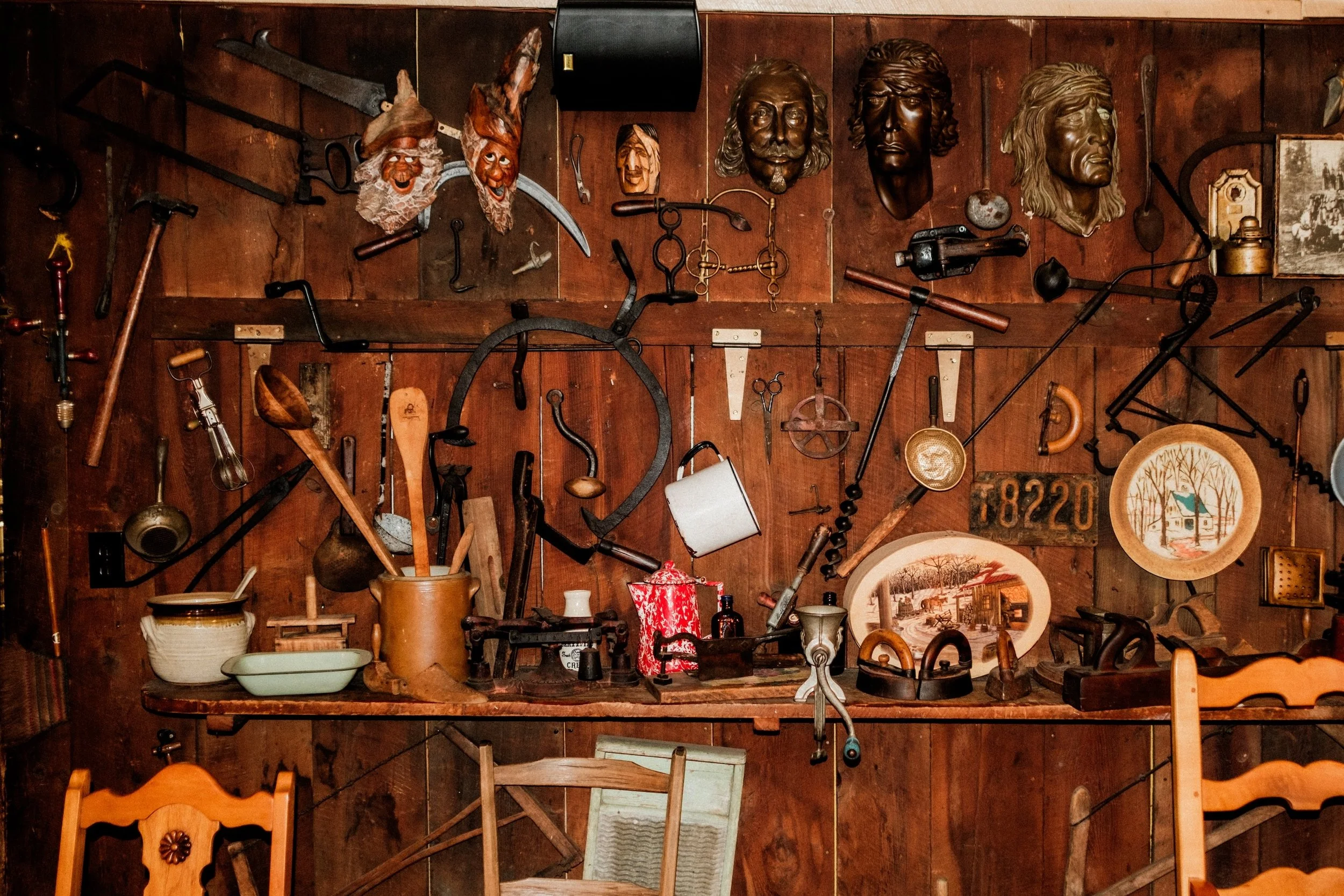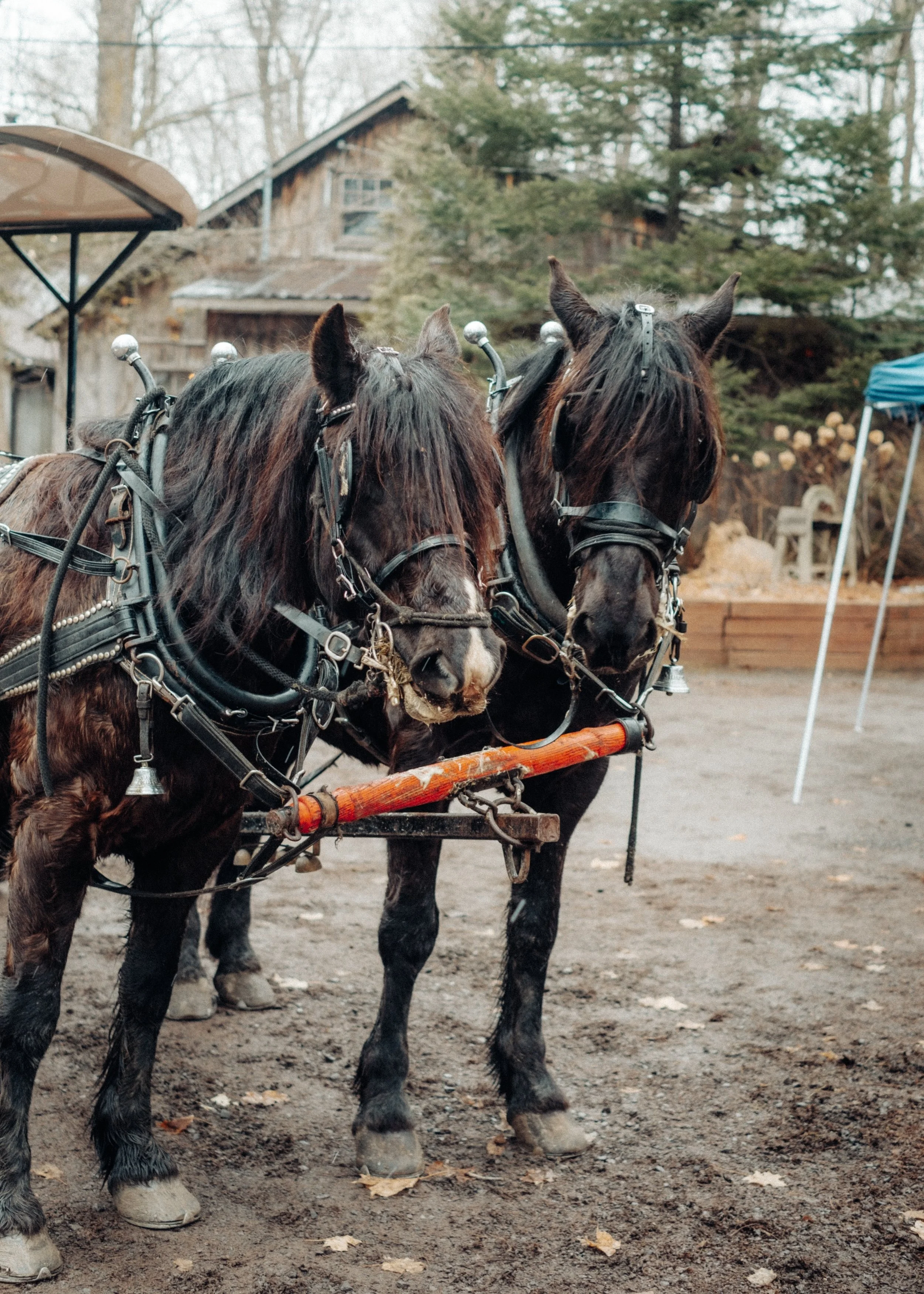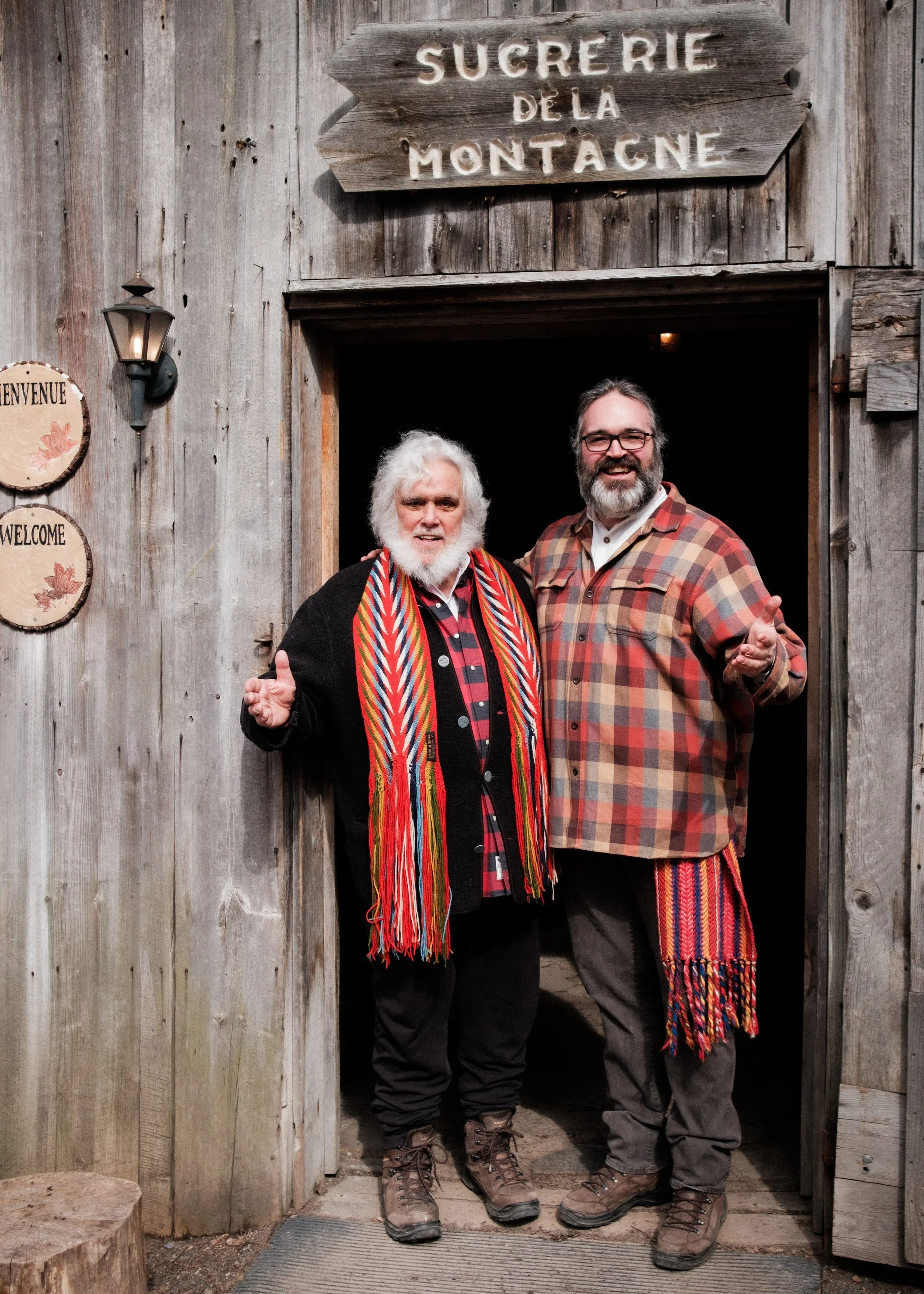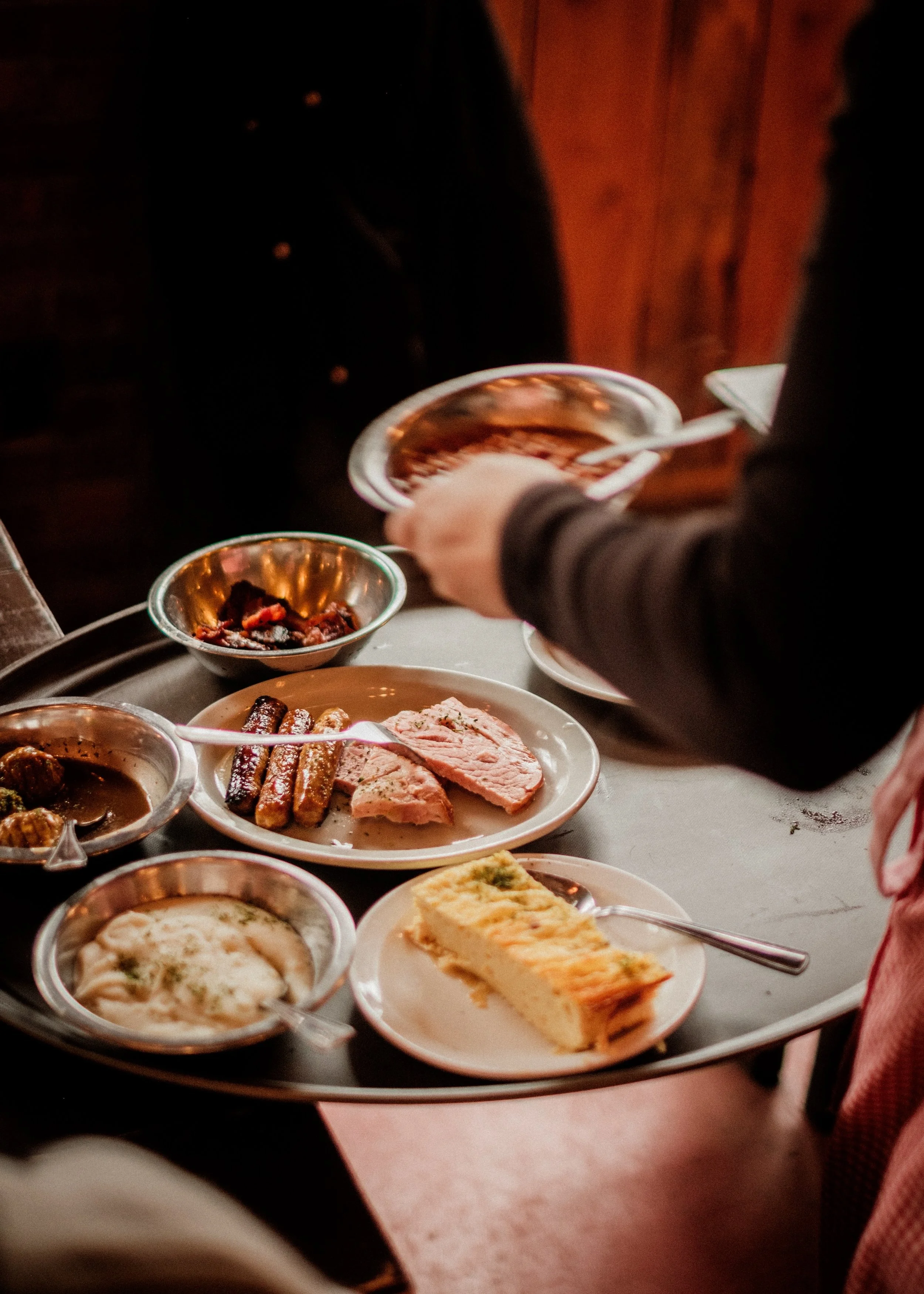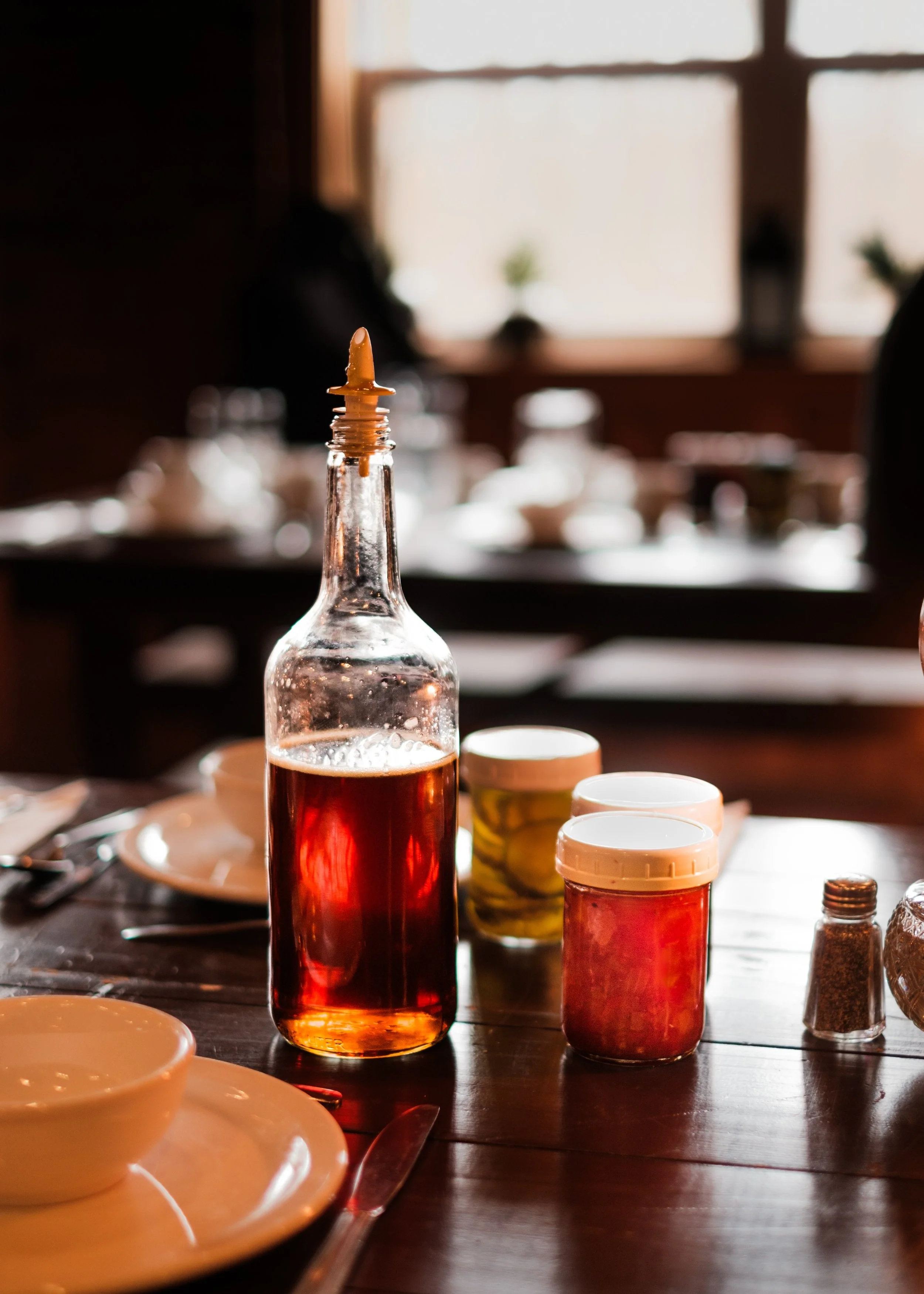Moreish Montréal
Words & Photographs by Daisy Wingate-Saul - an extract from the Islands magazine.
It’s early March in Montréal, and I’ve arrived to clear skies and mild weather. It is the kind of day that tricks you into thinking winter is over, but it’s not. Not yet. I’m staying at Humaniti Hotel Montréal, a sleek, art-adorned space that feels like a glass-walled spaceship dropped into the heart of downtown, and I’m into it.
I have come to this Canadian city to eat, and my first stop - rather conveniently - is dinner at the hotel’s trendy Restaurant h3. The culinary extravaganza unfolds in the intimate wine cellar with Crémant and oysters fresh from the Gaspé Peninsula; briny, juicy, perfect little morsels that taste of the sea. I return for breakfast the next morning, where I tuck into Canada’s national dish, poutine. Originating in Quebec in the late 1950s, this beloved, inexpensive comfort food is particularly delicious in the harsh winter months, and at h3 the crispy fries are piled high with smoked pulled duck, squeaky cheese curds and a river of duck fat gravy. A bottle of maple syrup sits proudly on the table and I can’t resist; the mix of sweet and salty flavours feels both nostalgic and indulgent. My first two meals are delightful introductions to Montréal’s food culture, which is bold, diverse and undeniably tied to the land and waters that have shaped this island city.
To get acquainted with one of Montréal’s key cuisines, I stop for lunch at Le Renoir in Golden Square Mile, where French classics are infused with Canadian maple. From whiskey cocktails to maple-cured salmon, every bite is a piquant explosion. But Montréal isn’t just about French food, and following an afternoon of digestion-aiding gallery-hopping, it’s on to Fleurs et Cadeaux, a cosy Chinatown gem where the fare is a love letter to the city’s Japanese community. Here, I devour delicate sashimi, marinated eggs, crispy fried chicken and house-made pickles, washed down with sake and mouth-puckering orange wines. French chic meets Japanese precision, a perfect reflection of Montréal’s immigrant heritage.
The following day I meet Daniel Bromberg, a local guide and founder of The Main, a website dedicated to Montréal and its inhabitants, who takes me on a whirlwind tour of the city. From Kondiaronk lookout on Mount Royal, the island’s form becomes clear. Framed by water, Montréal’s strategic location at theconfluence of the Saint Lawrence and Ottawa Rivers made it a hub for fur trading in the 17th century. This geography helped shape the city’s economy and food culture, and these rivers were crucial to the Indigenous peoples of the region, including the Haudenosaunee (Iroquois) and Algonquin, who used them to travel, hunt and tap maple trees for syrup.
At the McCord Stewart Museum, I delve deeper into Montréal’s Indigenous roots, learning about canoe models, hunting tools and food preservation techniques. Over time, the exchange of Indigenous, French and British knowledge blended to create a culinary heritage that continues to thrive today, enriched by the many groups who have made Montréal their home. This is evident at Jean-Talon Market in Little Italy, where the air is thick with the scent of espresso. A sensory overload, the market (one of North America’s largest) brims with fresh produce, artisanal cheeses and all sorts of Montréal specialties, and has changed little since it was founded by Italian settlers in 1933. I load up on cans of maple syrup before heading to Le Central, a bustling food hall in the Quartier des Spectacles. Here I settle in at Emilia, a Portuguese canteen famed for its simple and smoky roast chicken, the flavours intensifying with every bite.
Winter returns on the last full day of my culinary odyssey. It’s freezing cold, and I decide that the best way to counter the chill seeping into my bones is with something sweet. So, for a grand finale, I leave the island and head west to Sucrerie de la Montagne, a traditional sugar shack tucked in a forest of century-old maples, arriving just as the snow begins to settle.
Sugar shacks, once essential for tapping maple trees and boiling sap into syrup, are a beloved part of Quebec’s heritage – places where generations have come to celebrate the changing seasons and the fruits of the land. Founded by Pierre Faucher, whose rugged look seems lifted from a history book, Sucrerie de la Montagne is a living snapshot of Quebec’s pioneer past. Horse-drawn carts transport guests through the forest, and long, family-style tables are laden with souffléd eggs, crispy bacon and sausages; hearty fare that has sustained generations of Quebecois. The barn walls are lined with old tools, dusty trinkets and family photos, and I spot a snapshot of Pierre feeding a cream pie to his pet wolf, Lulu – it’s a wild image that feels like a perfect reflection of Montréal’s untamed spirit. Or maybe that’s just the maple syrup beer talking.
Surrounded by crackling fires and the scent of syrup, and with folk songs echoing through the barn, I realise that this isn’t just a meal; it’s a celebration of Quebecois culture and all those who have enriched it. Montréal is a city that embraces its multicultural identity, blending diverse cultures in vibrant harmony, and nowhere is this fusion more apparent than in its food.
Note: Daisy flew with award-winning Canadian airline Air Transat, who offer eight direct flights a week from London Gatwick to Montreal, with fares from £359* pp rtn (*fare valid 26/08/25). For more information visit www.airtransat.com.



